Norway is known for its awe-inspiring fjords, majestic natural landscape and storied Viking history. This pristine Scandinavian country is also renowned for the midnight sun, a natural phenomenon when the sun neither rises nor sets, hence Norway’s nickname the “Land of the Midnight Sun.” The best time to visit Norway and the best time to see the midnight sun is the same: summer. If you’re looking for a seemingly endless summer, this is the season for you, as you have limitless daylight to hike, bike, explore the fjords and more.
Norway in the summer, June-August, is characterized by long days and if you’re north of the Arctic Circle, the northernmost part of the country which includes the cultural hub Tromsø (over 215 miles north of the Arctic Circle), the days will seem never-ending as the sun won’t set. If you’re south of the Arctic Circle, for instance, Oslo, the capital city, the days will still be long and the nights quite short.
Conversely, if you prefer colder weather and much shorter days, late September through March is the best time to visit Norway. This is also the best time to see a different light in the sky than the perpetual summer sun, as it is prime time for the northern lights, aka the aurora borealis. The farther north in Norway you go, the better to see nature’s light show. And according to National Geographic, Tromsø, the largest urban area in northern Norway, is one of the most magical places on Earth to view the northern lights. But unlike summer in Norway, the days will be extremely short; in fact, it will be dark from the early afternoon until late in the morning of the next day.
In summer when the midnight sun is blazing, the tourists flock to Norway. So, if you don’t like crowds and love watching sunsets, and are still wondering when to visit Norway, why not consider May? The temperature will be mild, the crowds more manageable and because it’s still spring, Norway’s ethereal natural colours will still be popping. And yes, the sun will still set this time of year. May is ideal for watching a sunset over a towering verdant cliff from a fjord as a waterfall cascades in the light of the setting sun. If you’re going to Norway to ski, anytime from November to April promises snow, but the best ski conditions occur in February when the snow is thickest.
January: Museum Season
Despite it being a great time to see the northern lights, winter in Norway can be brutal, and January is typically the coldest month of the year, from Oslo, where average temperatures are -1.8 degrees Celsius (28.8 degrees Fahrenheit), to Tromsø, whose average high temperature in January is a plummeting -2.2 degrees Celsius (28 degrees Fahrenheit).
This is the best time of year to avoid the crowds and visit one or more of Norway’s numerous world-class museums. One of the best and most-visited museums in the entire country is the Viking Ship Museum in Oslo. No visit to the capital is complete without seeing the Viking Ship Museum, which is part of the Museum of Cultural History of the University of Oslo. This beloved museum is home to three Viking-era burial ships, the most famous of which is the completely whole Oseberg ship, considered one of the best-preserved Viking ships in the world. The Oseberg ship was built in south-west Norway around the year 820. If visiting Bergen, don’t miss KODE, which houses one of the largest art collections in northern Europe and is home to the world’s third-largest collection of Norway native Edvard Munch.
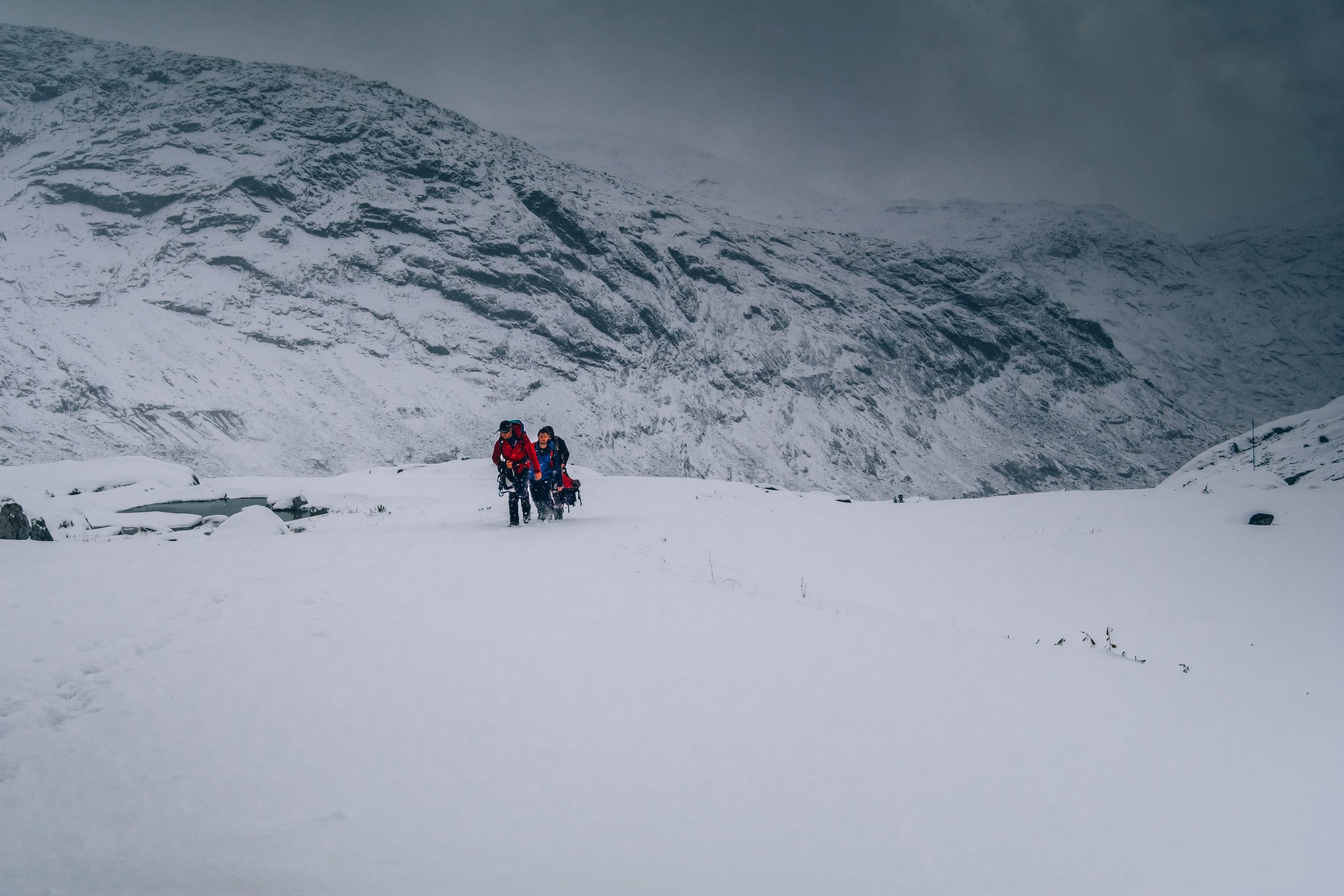
February: Skiing
Although slightly warmer than January, February in Norway is still bitterly cold. However, this last month of winter is a snow-packed wonderland and time to hit the slopes, whether on skis or a snowboard. Some of the best ski resorts in Norway, all of which are family-friendly, include Trysil, the country’s largest with 75 kilometres (46.6 miles) of slopes; Geilo, which has English-speaking ski schools and is set in some of Norway’s most spectacular scenery; and Hemsedal, where you will find the highest lift-served ski runs in Scandinavia and Norway’s biggest kid’s ski area. February is also festival season in Norway, with Rørosmartnan, in Røros, the country’s largest winter festival; and Polar Jazz, in Longyearbyen, the northernmost jazz festival in the world.
March: Northern Lights
March is not only the advent of spring but one of the best times to visit Norway and see the northern lights, as they tend to intensify around this equinox month. March in Norway also sees a slight warm-up from winter, with average temperatures ranging from 30-40 degrees Fahrenheit. However, you can still expect the occasional snowstorm, yet in Oslo, it is also one of the driest months of the year. If visiting Norway in March specifically to witness the northern lights, as mentioned before, head for Tromsø. Kirkenes, Nordkapp, Svalbard and the Lofoten Islands are also great places to experience this natural wonder.
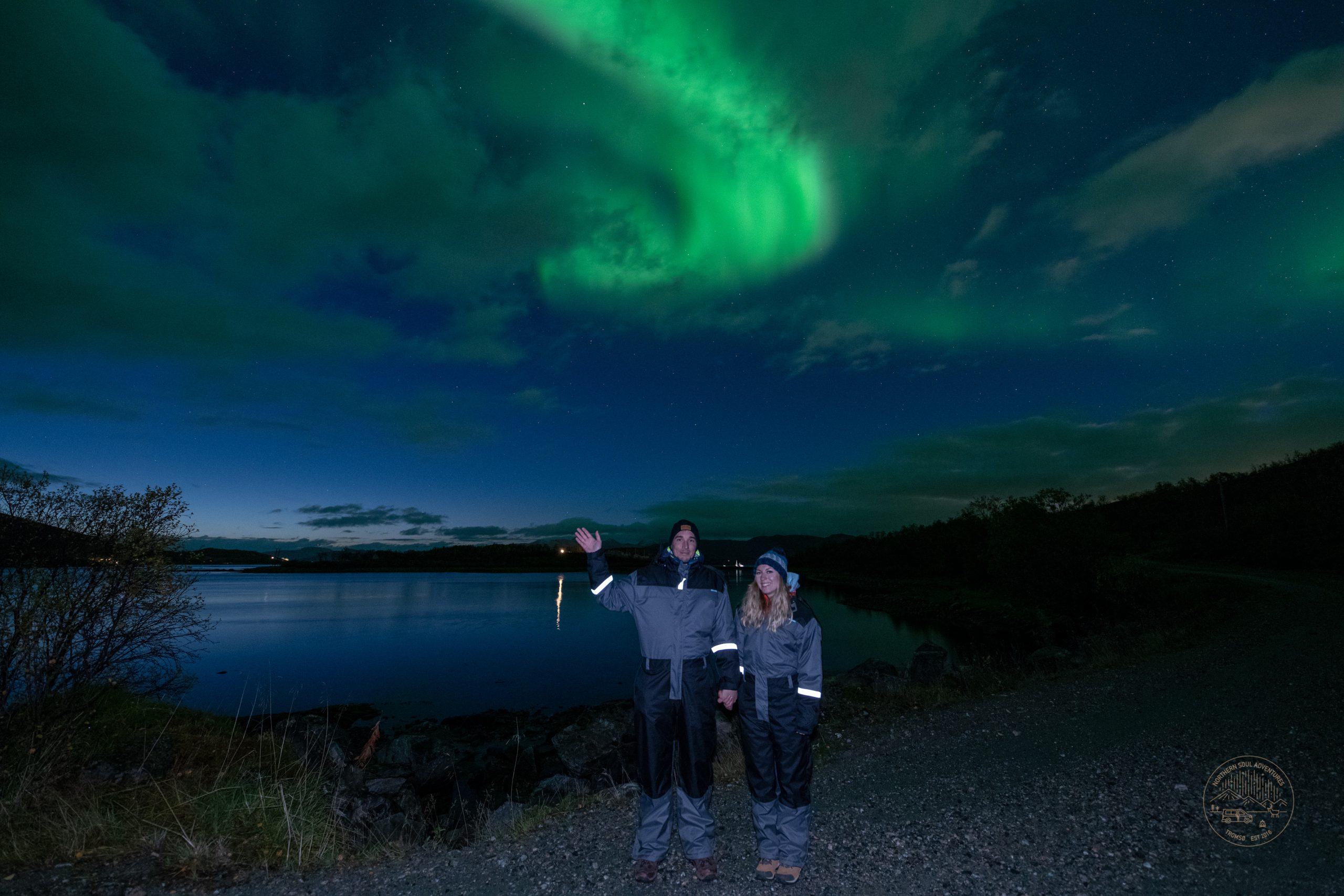
April: Fjords
By April, spring is in full swing in Norway, but it can still be on the chilly side in Oslo, around 50 degrees on average, and a bracing 37 degrees in Tromsø. Typically, it’s too early in the season for hiking in the mountains, but an excellent time for exploring the fjords by boat before the summer hordes arrive. One of the most picturesque, jaw-dropping fjords in Norway, one you absolutely have to see, is Geirangerfjord, a UNESCO World Heritage Site. This fairytale fjord is perhaps the most visited and photographed in Norway, so seeing it in shoulder season is highly recommended. Geirangerfjord is surrounded by snow-capped mountains, lush vegetation and majestic waterfalls. Some of Norway’s other must-see fjords, according to Life in Norway, include Nærøyfjord, Aurlandsfjord, Lysefjord and Trollfjord.
May: The Great Outdoors
In May, the temperature in Norway increases significantly and is a pleasant 60 degrees on average, rarely exceeding 70 degrees. This is perfect weather for getting outside and exploring one of the most naturally stunning countries on Earth, on foot, by bike, by boat or any way you prefer. The days become longer in May and it is still shoulder season. Norway is blessed with miles and miles of marked trails, making it a hiker’s Mecca. Furthermore, in certain areas of Norway, there will still be snow on the ground for cross-country skiing. Fortunately for outdoor enthusiasts, there is a law in Norway called “allemannsretten,” or right of access, which ensures everyone can experience the country’s nature, even on larger privately owned areas, as long as you show respect.
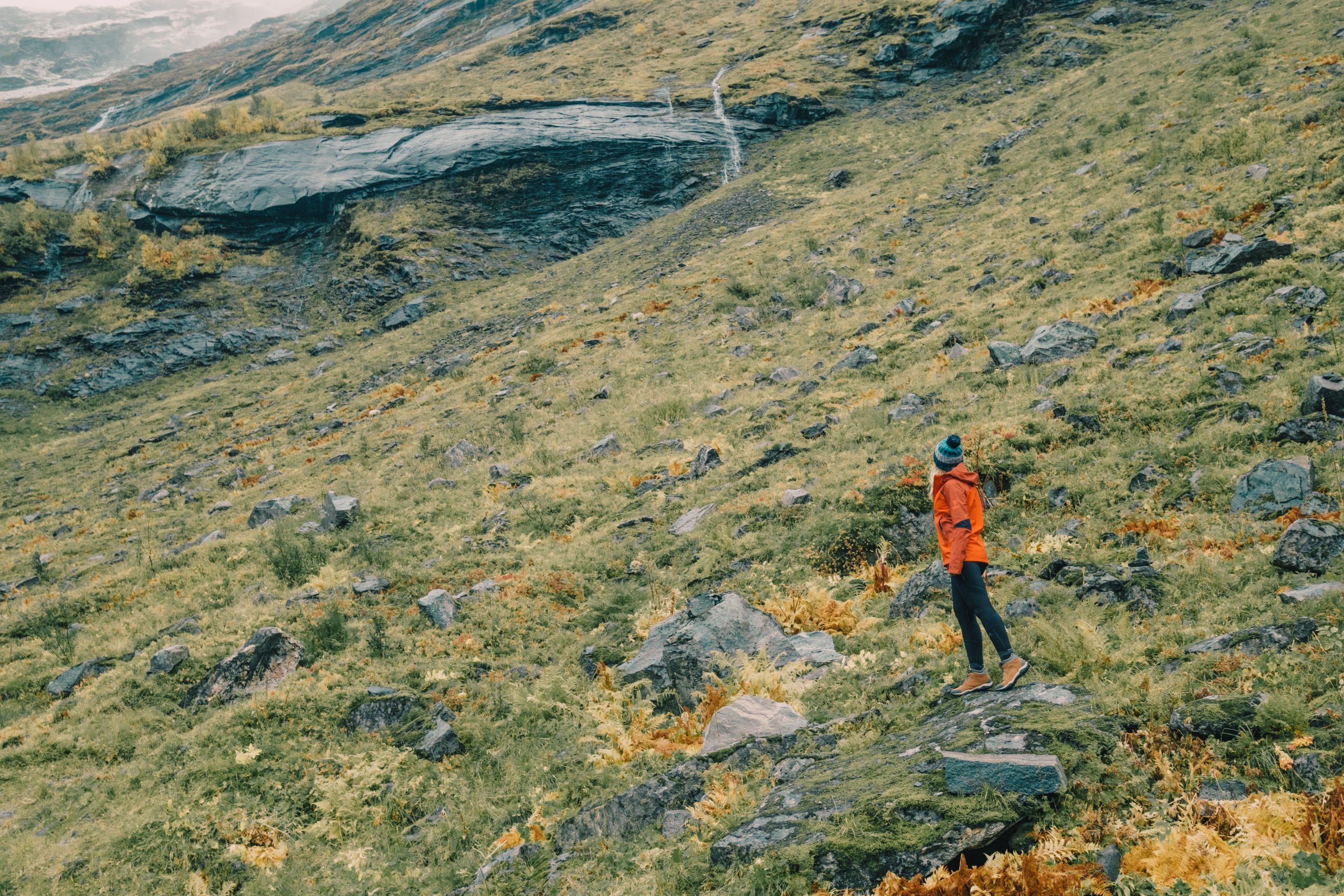
June: Embrace the Midnight Sun
June in Norway is prime time for the midnight sun, as well as mass tourism. This being northern Europe, the high temperature will rarely exceed 70 degrees, making Norway a pleasant alternative to scorching southern Europe, keeping in mind that June, despite the mild temperature, is one of the warmest months of the year. This is the perfect time to see all that Norway has to offer. In addition to countless fjords, you can drive the Atlanterhavsveien (Atlantic Road), aka “the road in the ocean,” one of the most scenic drives in the world; go back in time in Bergen, whose colourful wooden buildings at the Bryggen is a UNESCO World Heritage Site; or see the Arctic Circle from the comfort of a spa boat, all during endless daylight.
July: Polar Bears
That’s right, polar bears in July. It’s the height of the high season and the crowds can be maddening, so why not escape the almost heat (it will be 70 degrees on average and rarely be more than 80) and the hordes and head for Spitsbergen, the largest and only permanently populated island of the Svalbard archipelago? Spitsbergen, renowned for its rugged beauty, is one of the world’s northernmost inhabited areas, and its population includes polar bears, which can be seen year-round. Visitors can book a safe and educational polar bear adventure and get up close and personal to these noble creatures. Spitsbergen and Svalbard, the “Wildlife Capital of the Arctic,” is also home to whales, walruses, seabirds, reindeer and more, which live in this wondrous world’s snow-covered mountains, fantastic fjords, rocky shores and towering cliffs.
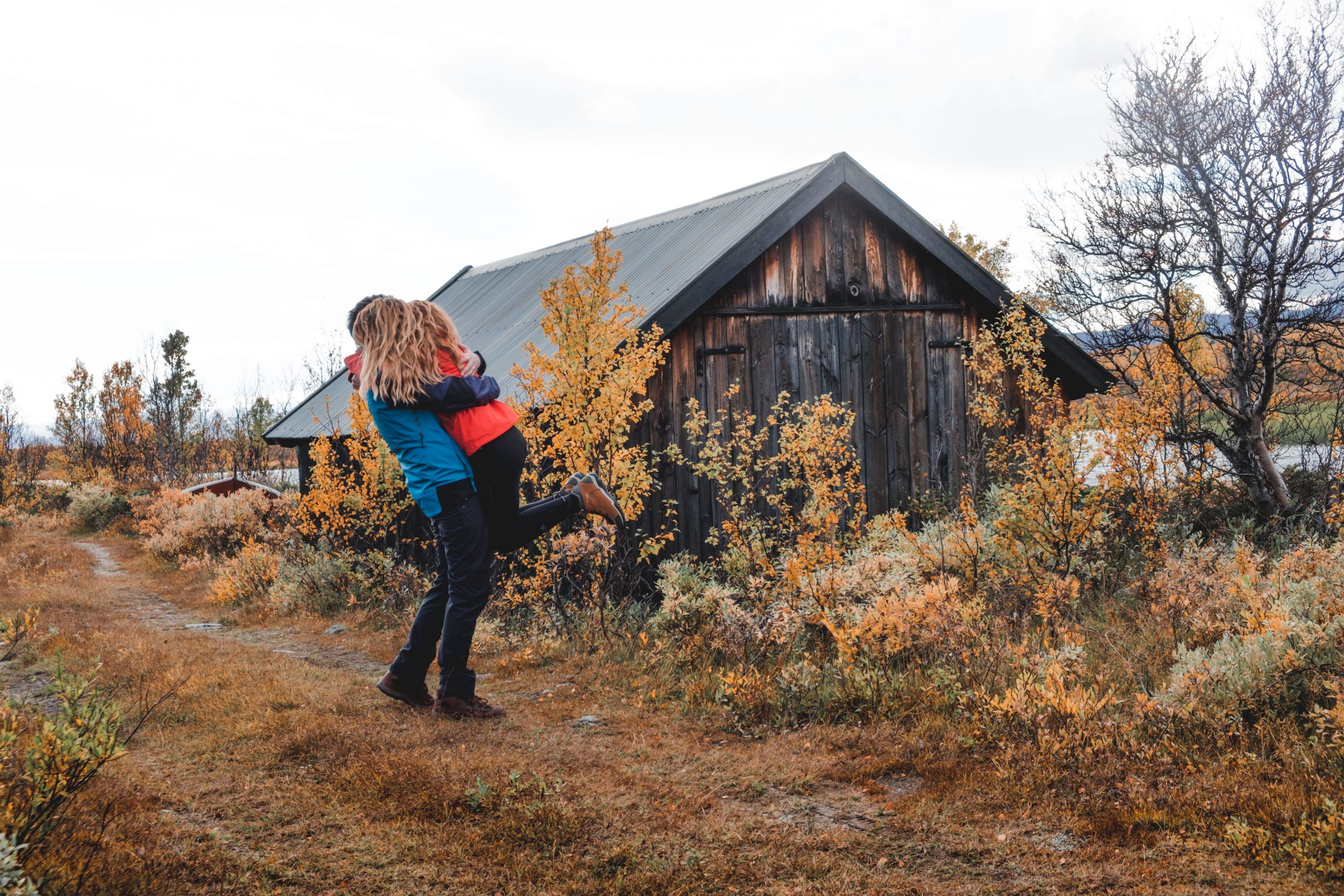
August: Lesser-known Norway
August in Norway, like most of Europe, is typically the hottest month of the year. However, when southern Europe is baking in over 100-degree heat, the average temperature in Norway is a comfortable 70 degrees. You might have to deal with the odd day over 80 degrees, but that’s relatively cool compared to a southern Europe August heatwave. However, because the weather in southern Europe can be unbearable in August, its inhabitants flock to the north, and Norway can be overrun with visitors. To escape the crowds in Oslo, Bergen and Norway’s larger cities, this is the time of year to explore lesser-known Norway, such as the quaint fishing village of Reine, located on the island of Moskenesoya in the Lofoten archipelago, or see one of the less-visited, but just as dramatic, fjords, such as Nærøyfjord, in Aurland, which is a UNESCO World Heritage Site.
September: A Feast for the Senses
In September, the crowds start to dissipate, the sun begins to set again, the northern lights start flickering and the weather is mild, with a daytime average of 60 degrees. In short, it is one of the best times to visit Norway. September is also time for the tasty Bergen Food Festival, the biggest and most anticipated local food festival in Norway. Foodies will find the best meat, fruit, vegetables, honey, herbs and more that the country has to offer. September is also time for the Ultima Oslo Contemporary Music Festival, which features both Norwegian and international composers.
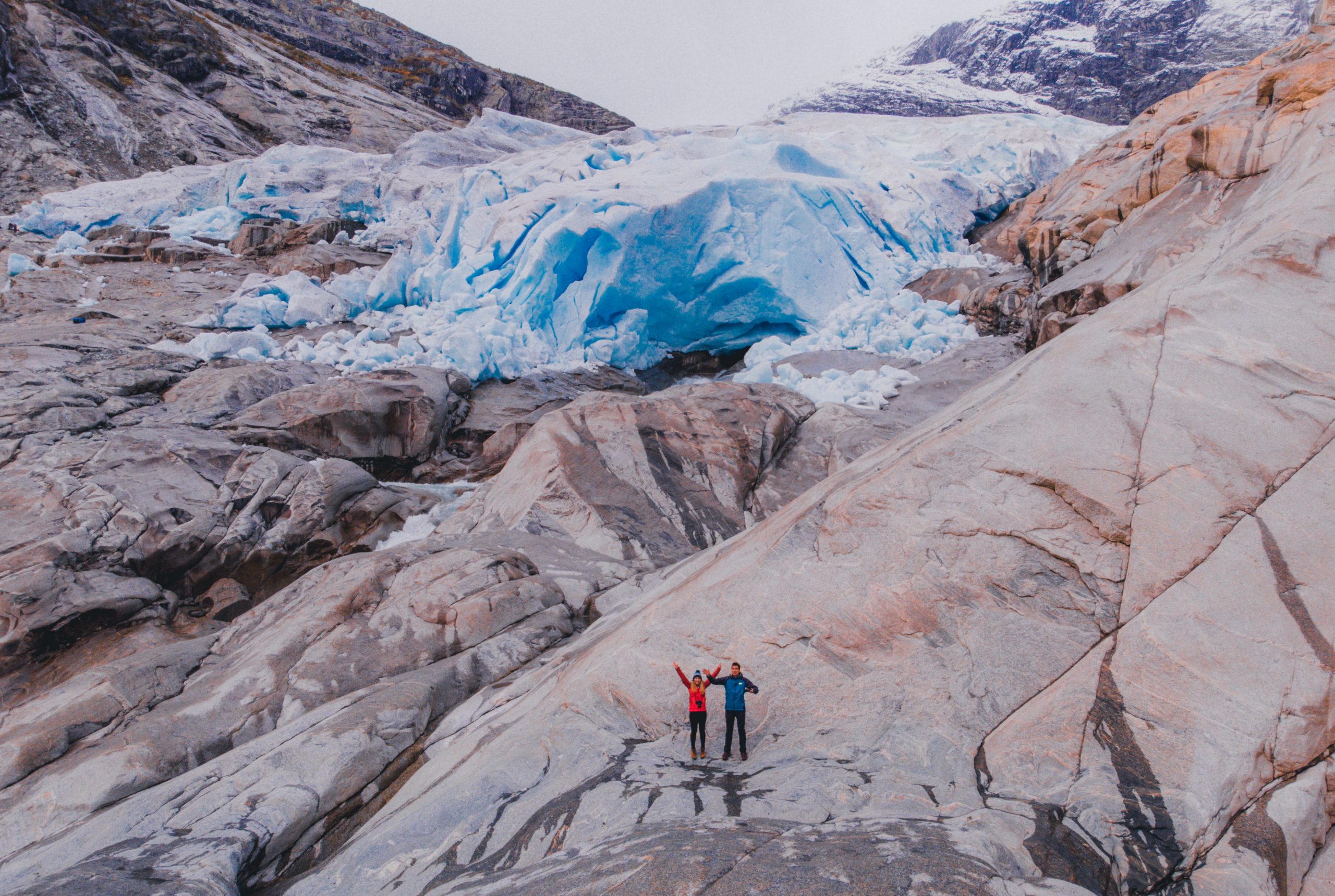
October: Oslo
October is another great time to visit Norway, as the summer crowds are long gone and the autumn scenery is glorious. However, this is also when the days get shorter and the temperature starts to drop. In southern Norway, the average daytime temperature will be between 40-50 degrees, and even colder in the north, so don’t forget to bring layers. This is also the perfect time to explore Oslo without the crowds. In addition to the Viking Ship Museum, some of the capital city’s must-see sights include the 13th-century Akershus Fortress, which houses the Museum of the Norwegian Resistance; the Vigeland Sculpture Park, which features 650 sculptures by acclaimed Norwegian artist Gustav Vigeland; and the National Museum, where you can view Norway’s largest art collection, including Edvard Munch’s iconic “The Scream.”
November: Bergen
November in Norway means shorter days, only a few hours of daylight in Oslo and Bergen and none towards the end of the month in the north. In the south, the temperature will be a bit colder than in October, and colder in the north where snow will fall again. This is, however, a great time to visit Norway’s second city, Bergen, which might turn out to be No. 1 in your heart. In addition to the aforementioned Bryggen Hanseatic Wharf, Bergen has many great indoor attractions to combat the cold, such as the Grieg Museum, located in the former home of Norway native and world-class composer Edvard Grieg; the 16th-century Bergenhus Fortress, which houses a museum; and the VilVite Bergen Science Center, which features numerous interactive exhibits and is ideal for a family outing.
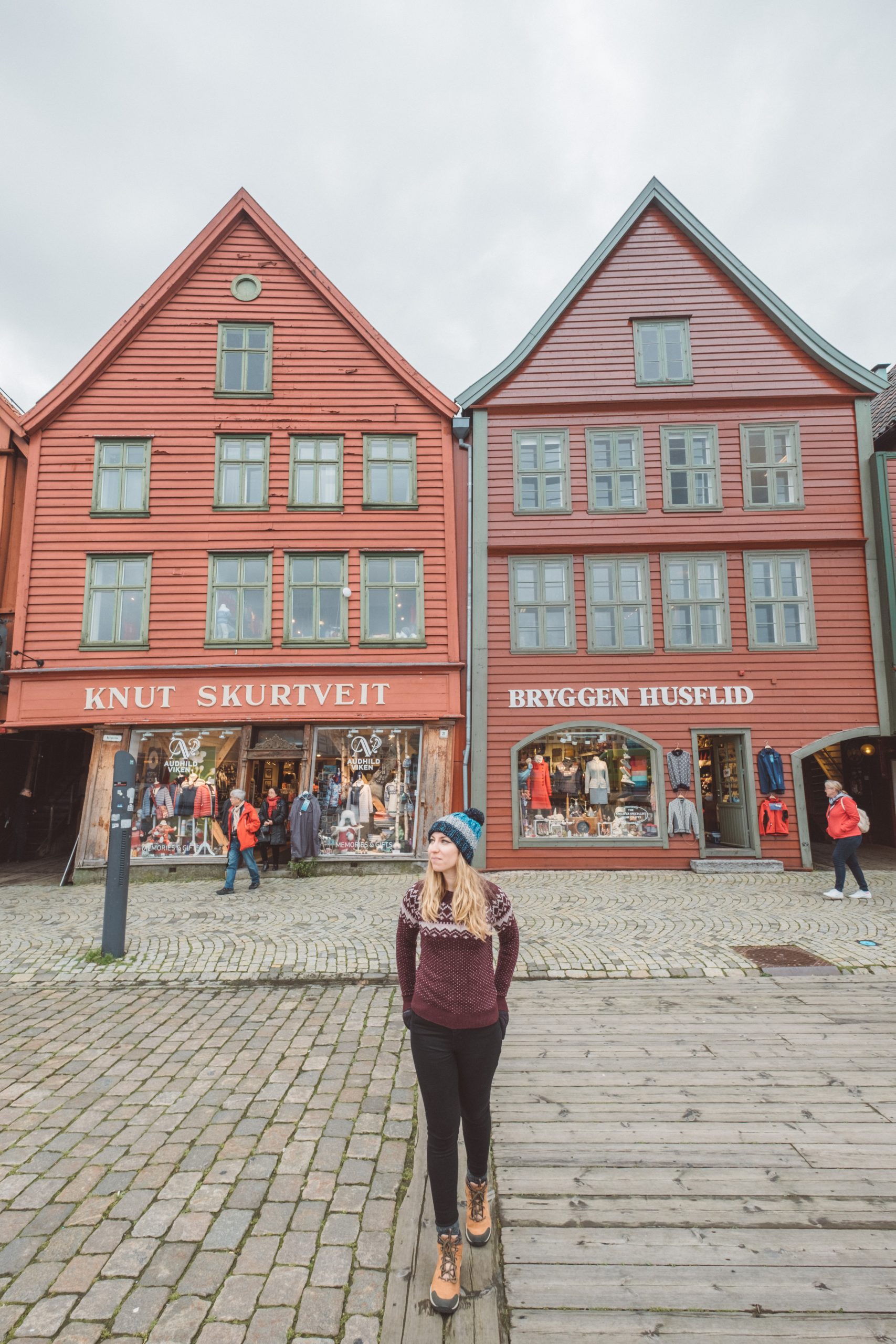
December: Christmas Markets
December is Christmas time, and what better place to get in the Christmas spirit than a Christmas market? Thankfully, Norway has numerous Christmas markets, but because some are held outside, you best bring plenty of warm clothing. Wherever you are in Norway in December, it will be bitterly cold and there will be snow, but this can be magical at a Christmas market. Some of Norway’s most magical Christmas markets include Oslo’s Winter Wonderland and the Christmas markets in Bergen, Trondheim and Røros.

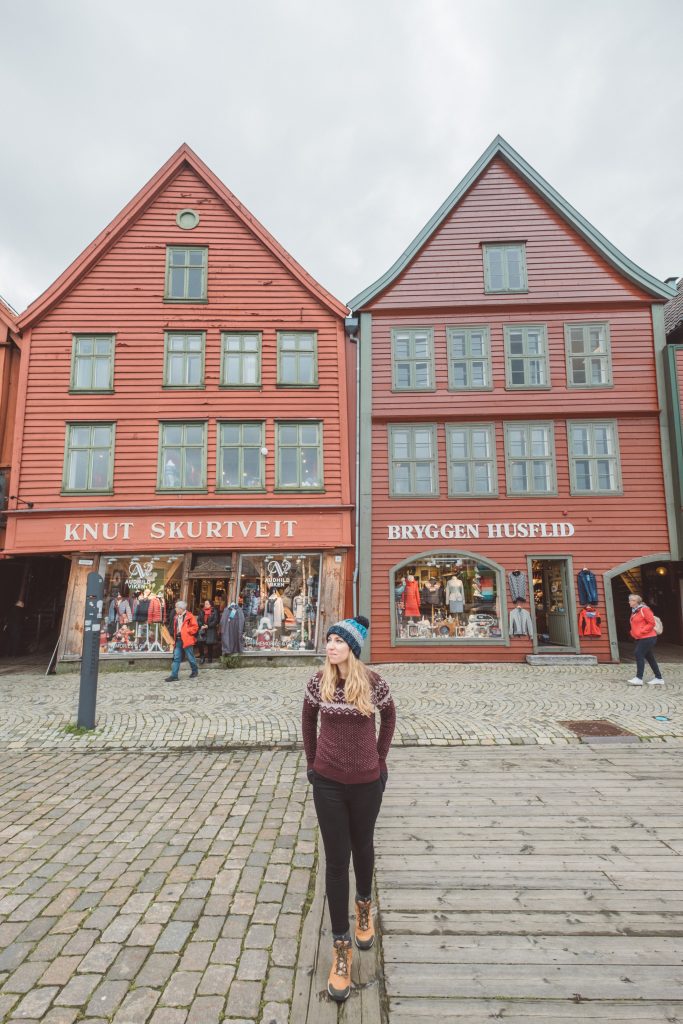
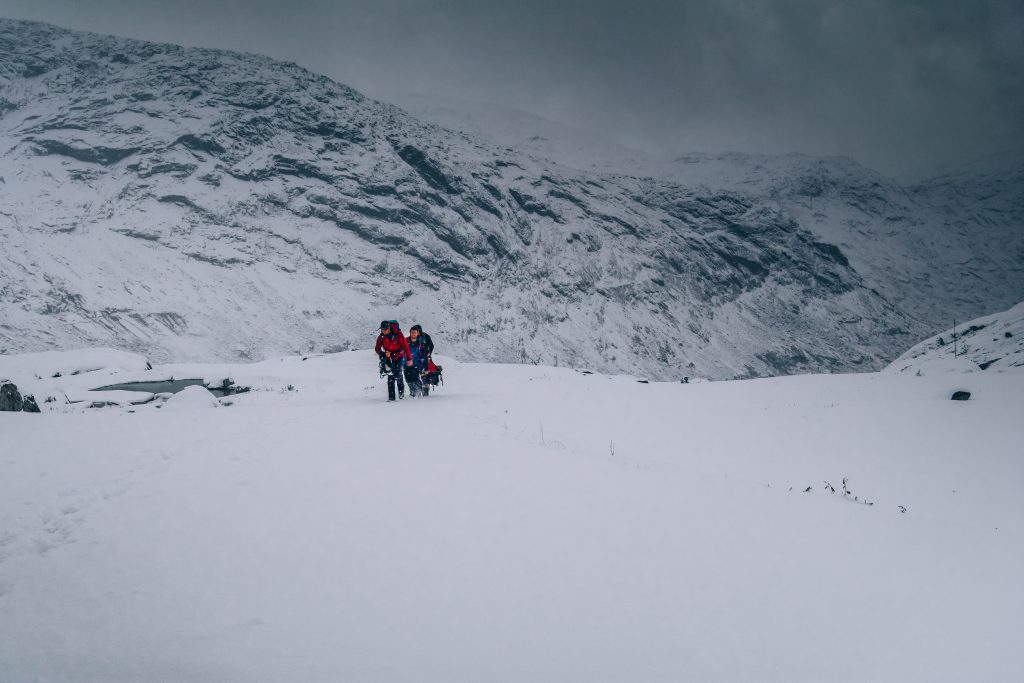
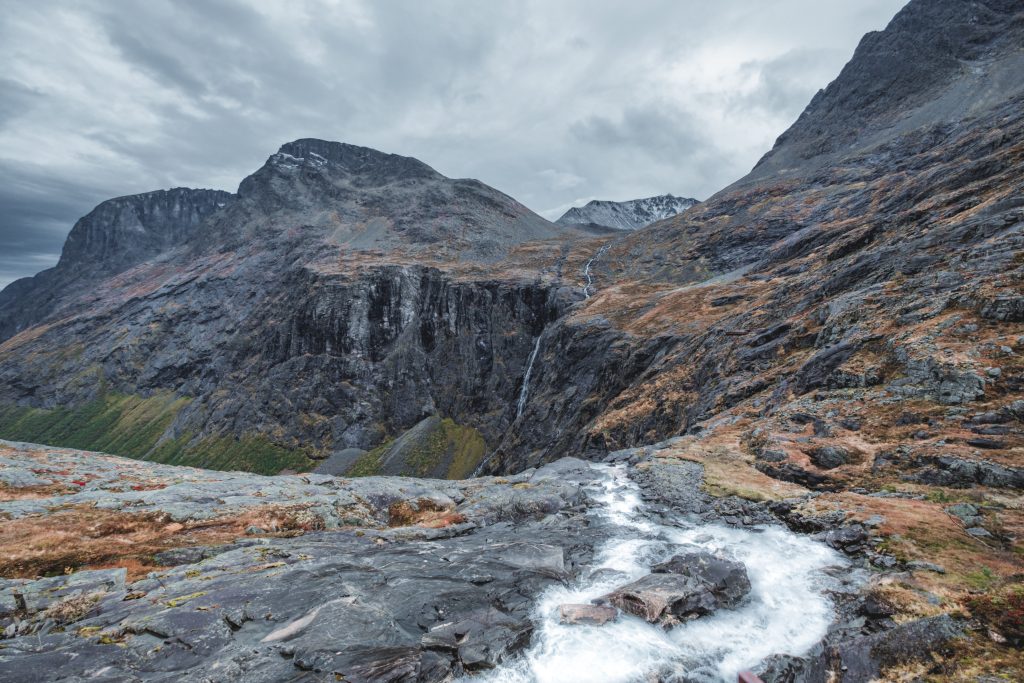
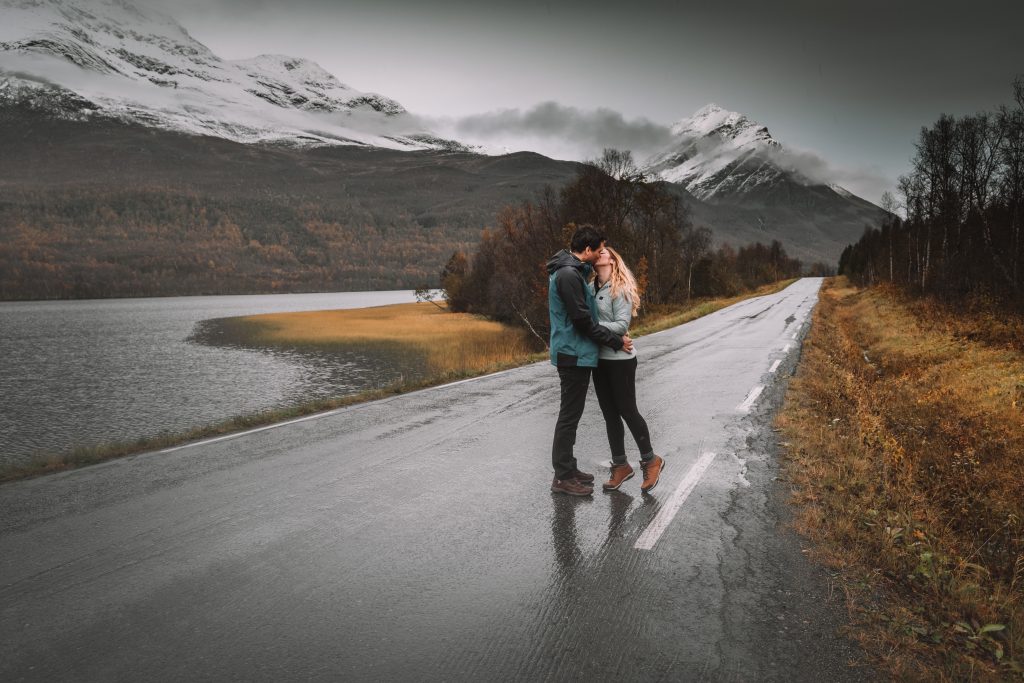
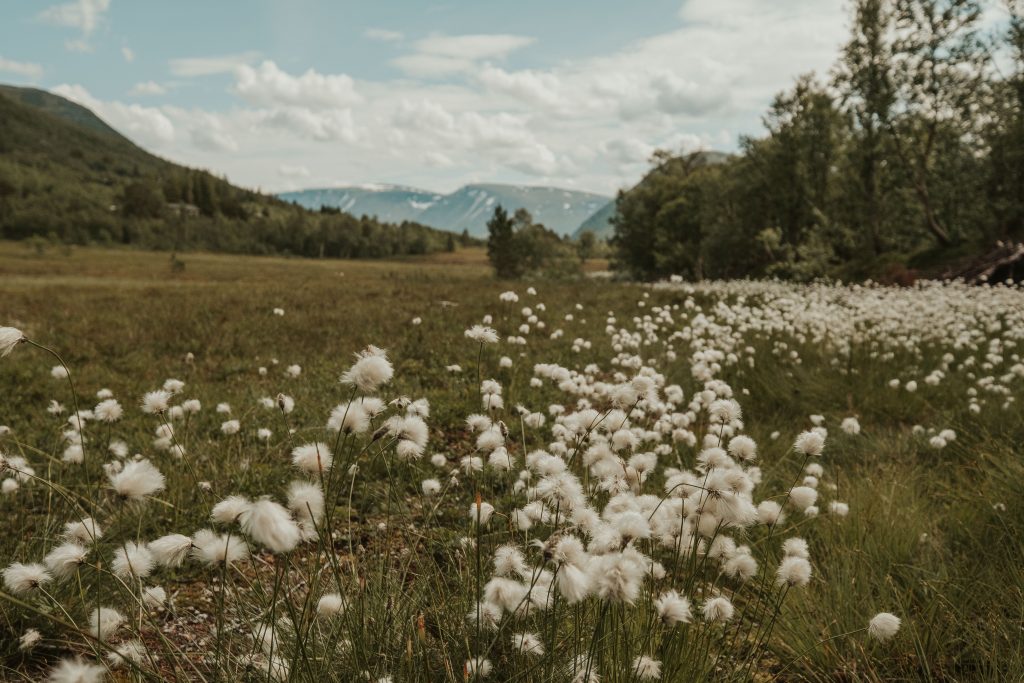


Leave a Reply